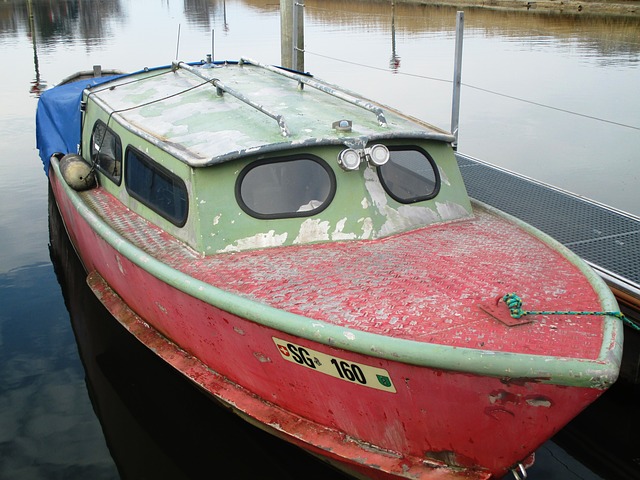
Polyester laminates have been with us since the mid-1940s. They are bright, strong, easily molded to useful shapes, and from all appearances (and advertising) maintenance-free. Contrary to our conditioned distrust of wood, we have come to expect these easy features when we think about Fiberglass Reinforced Plastics (FRP). The waxing and occasional polishing required to keep our FRP bright is not very demanding. FRP structures epitomize easy living.
It seems as if there is a misplaced trust in polyester structures. As the polyester/glass fleet has aged, the blister phenomenon has grown, along with the marine industry’s understanding of the problem. We are all more aware of how serious of a problem hydrolysis can be. The process can be slow or it can be alarmingly fast. Hydrolysis may never happen, or the FRP structure can self-destruct right out of the box. The water-soluble materials causing trouble in the FRP laminate are difficult, if not impossible to detect, remove, or neutralize. Unchecked, the polyester will rot just like wood.
Serious degradation in wood and polyester structures is depressingly similar. Wood in a poorly built boat will rot; polyester in a poorly constructed boat will “rot” (degrade via hydrolysis—Ed.). Once rot fungi have attacked wood, the strength of the wood is seriously compromised; the structure and the material are prone to continued problems. Once hydrolysis has started in a polyester hull, the strength has been compromised and the potential for serious additional hydrolysis will never go away. Wood may be favored in the way rot spreads, the fungi must work from piece to piece. Often, in adjoining planks, one may see significant rot in one and nothing in the other. In seamless polyester, hydrolysis can often involve large sections of laminate or the entire hull.
Barrier coating, the standard repair, and preventative procedures work most of the time but not always. Our conditioned response when there is a hydrolysis problem with FRP is to brush on something, epoxy included, to make the FRP well. If this solution does not work, we are surprised.
We should not be surprised. The onset of poly rot is usually cosmetic; but once the degradation takes hold, the successful repair solutions are limited. Even in initial cosmetic blister jobs, it is often easier to deal with the entire hull rather than attempt spot repairs. Significant rebuilding may be the only option. Rot fungi or water-soluble materials, both are potent and destructive. Many things can and should be done to reduce the potential for rot in wood and polyester materials and building techniques must be chosen to minimize or eliminate the rot potential; preventive maintenance must be performed. Many builders are more aware of the problems and committed to reducing or eliminating osmosis potential in boats.
A healthy skepticism about the long-term durability of an FRP structure should be part of every owner’s or potential owner’s informed decision.
Owners and repair yards have used WEST SYSTEM epoxy for blister repair and prevention since 1977. We still believe that a proper barrier job is the best initial preventative. We also believe that not all barrier jobs are going to be successful; the hydrolysis potential is greater than expected or the destruction is too far along. Before undertaking a blister repair job the owner and repairer must look at the boat with a critical eye.
Consider the polyester boat with the same distrust usually reserved for wooden boats.





